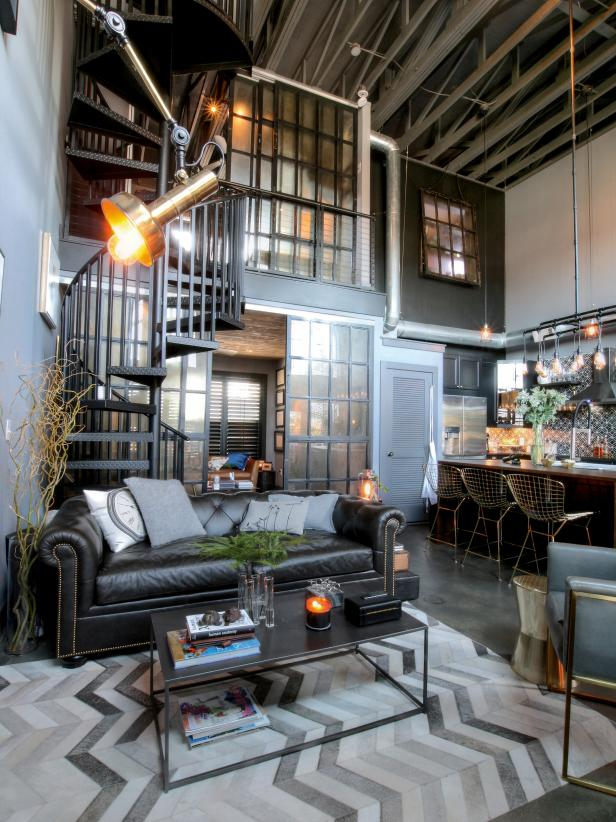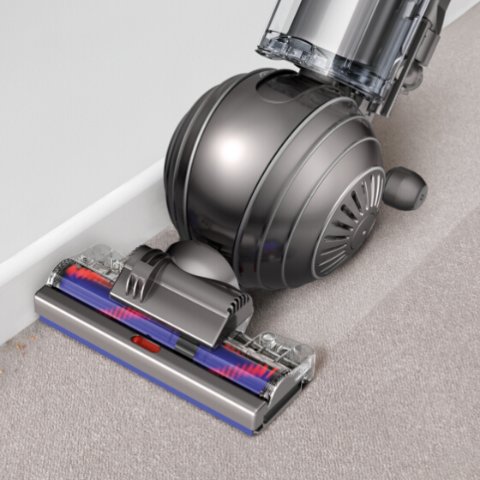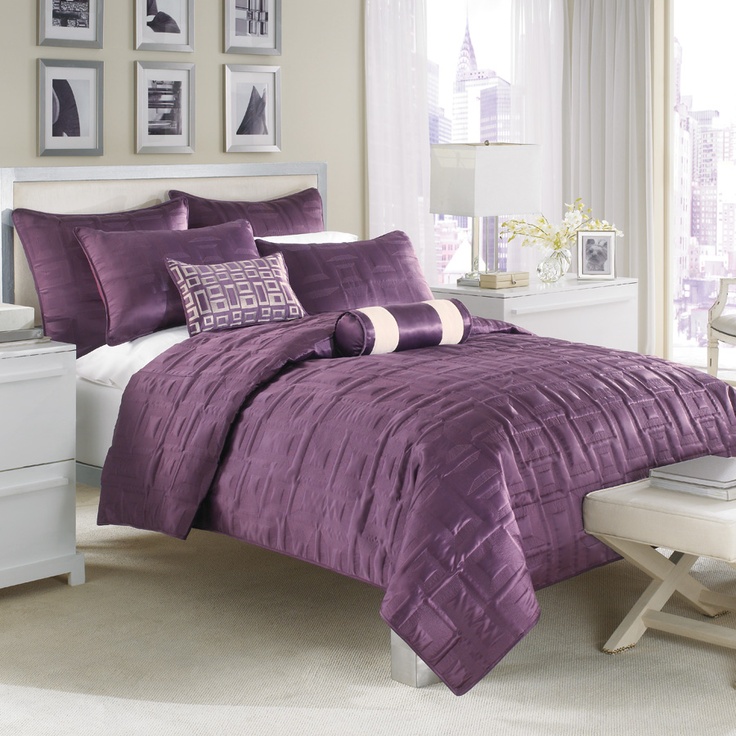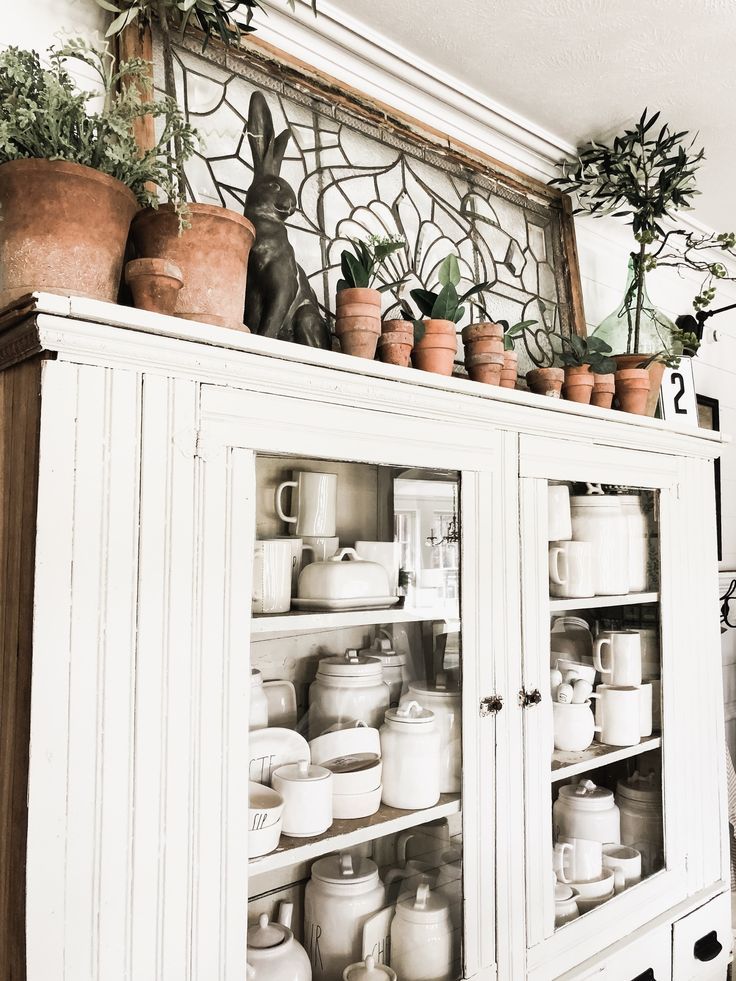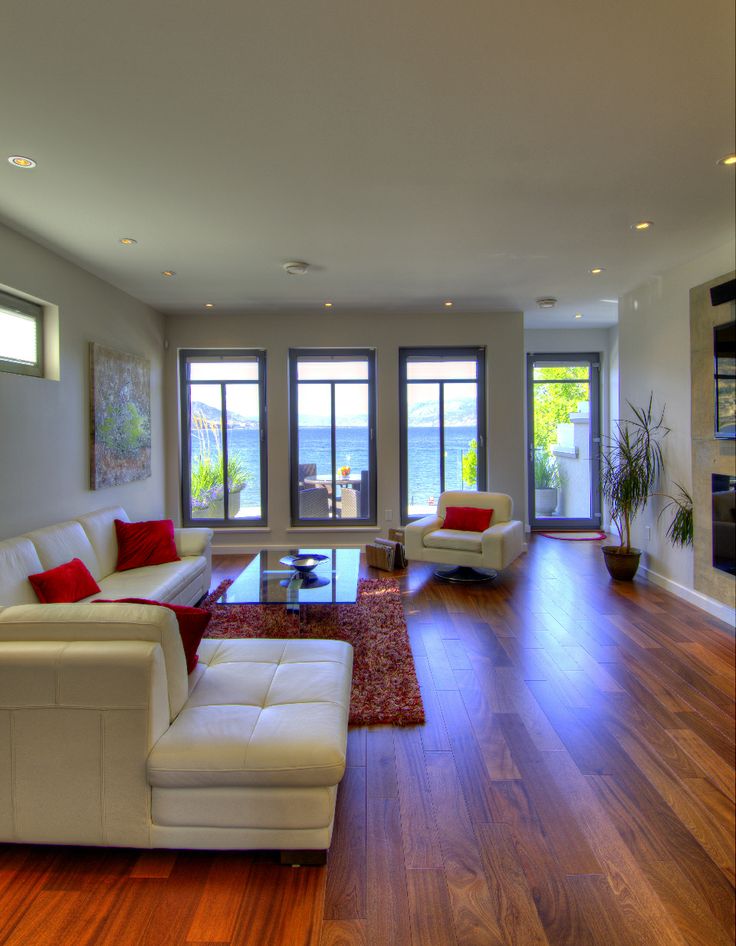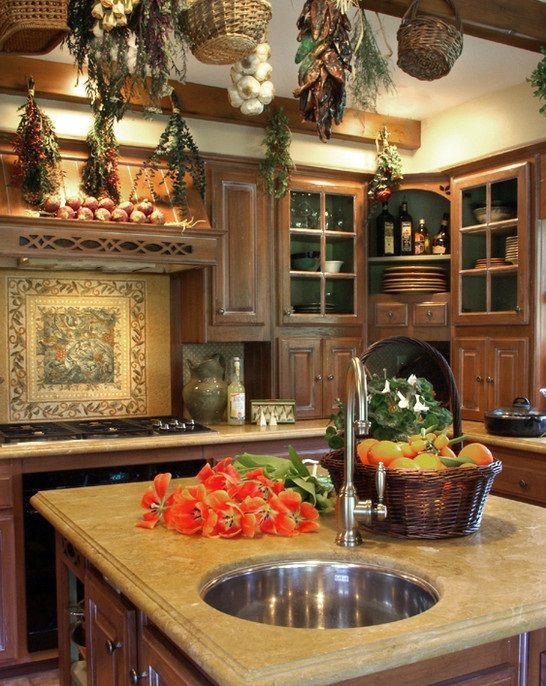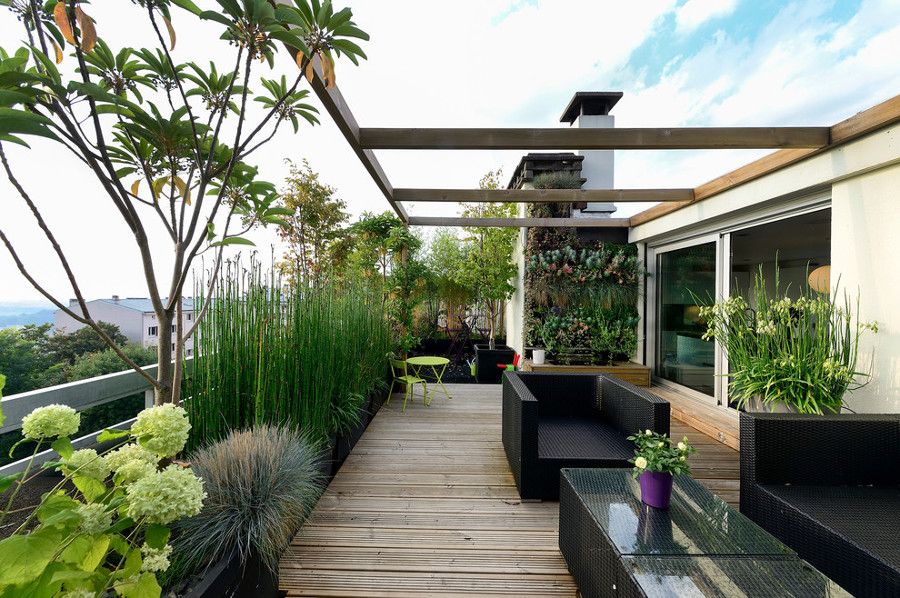Victorian industrial decor
Where Victorian Vintage Meets Industrial Chic
It’s dark, dreamy and moody. It’s defined by soft curves juxtaposed against hard, raw surfaces. It’s where industrial elements take centre stage while sweet vintage details peek through. In terms of literature, it’s a world of Jules Verne’s fabulous tales of the submarine Nautilus, where H.G. Well defied the laws of physics in The Time Machine, and Alan Moore brought to life The League of Extraordinary Gentlemen.
What is steampunk?
Loosely defined, steampunk is a sub-genre of science fiction that has a historical setting and features steam-powered machinery and inventions that were highly advanced for that time. The style is usually based in Victorian Britain, which brings in a lot of those soft vintage elements. It also portrays a time of exploration, discovery, science and inventions, which introduces the era’s raw features like gears, metal and unfinished surfaces.
Having leapt off the pages of literary classics, it has also turned into a fantasy world of cosplay, with elaborate costumes and working inventions. The style has also slowly crept into popular fashion and home décor.
Федор Ефремов
While this style is not well known when it comes to interior design, it is definitely gaining popularity. It features an enticing mix of elegant Victorian accessories with strong industrial elements, blending rough textures with polished surfaces. Think vintage glass chandeliers with a dark iron framework paired with tan leather sofas and distressed metal desks. Within this style, there exists a sense of comfortable luxury combined with the desire to discover, travel and explore.
G&G Custom Homes, Inc
The underlying themes
Let’s start with the basic theme this style explores, which is that of the 19th century’s spirit of invention and discovery. Industrialism and all forms of travel play a big role here. Consider features like wallpaper displaying a vintage world map as an accent wall, antique grandfather clocks with exposed gears and salvaged metal lamps with uncovered Edison light bulbs.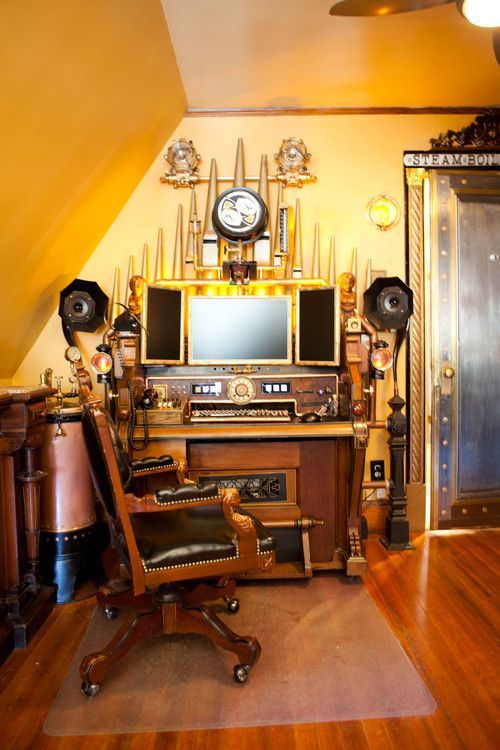
This airy reading nook displays a strong industrial and nautical theme. The appeal of steampunk decor lies in the marvellous inventions of that time, where you could see the inner workings of gadgets and steam-powered machines. This gear sculpture by Iron Anarchy is the perfect example of this decor style.
Janet Paik
The colours
Usually deep colours dominate this style, such as black, dark brown, bottle green, blood red, burnt orange and dark blue, offset with pockets of lighter shades like sepia, cream, and soft grey. The colour palette is enhanced by metal tones and metallic accents.
Andre Rothblatt Architecture
Take a look at this powder room. It features polished copper pipes against a black tile background. The black wallpaper displays soft motifs that lend a Victorian feel to the space and the exposed filament-bulb wall lights bring in just the right amount of vintage appeal. The beaten-copper sink and faucets pair perfectly with the pale marble counter, while adding warm-toned highlights to the space.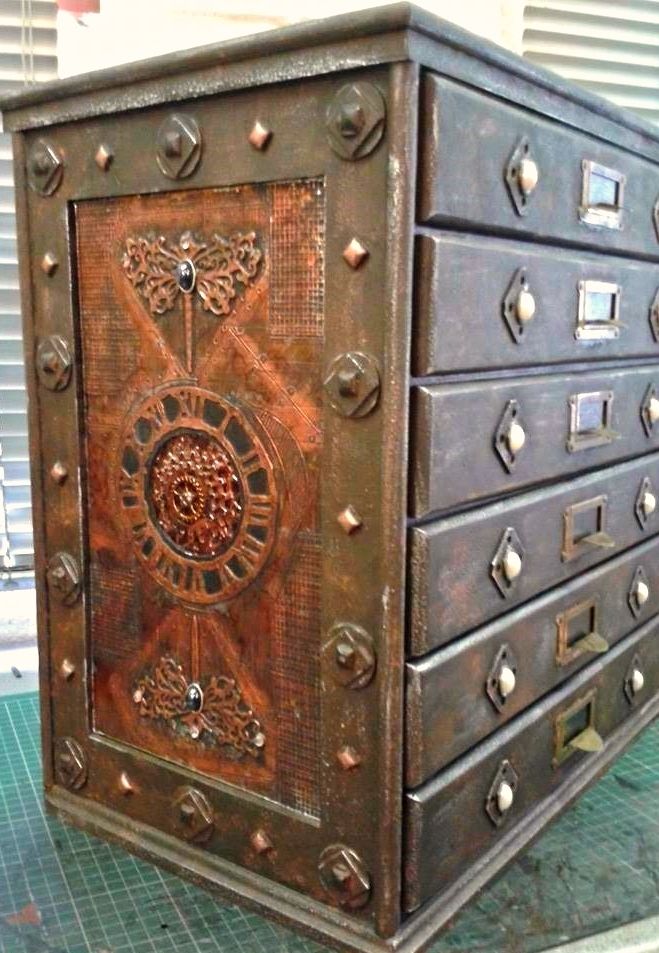
HOME & DESIGN MAGAZINE NAPLES
The materials and textures
Part of the appeal of this style is to juxtapose traditionally masculine textures with feminine ones, so think of combinations such as heavy leather sofas backed by soft drapes or a salvaged-wood and distressed-metal bench softened by Victorian lace throw cushions. Salvaged wood, old furniture, distressed metal – all find a home within this style. Steel, copper, iron, bronze and brass are the most popular metals used in furniture pieces and décor accessories. You could cover one wall with an industrial-inspired wallpaper and pair it with soft bed linen, or look for pieces like a repurposed wood centre table that rests on vintage cast-iron furniture casters.
Oliver Burns
In this guest bedroom, vintage leather furniture complements the berry-coloured silk drapes. This decor style also borrows a few elements from industrial chic décor like exposed pipes and brick or concrete walls, while pairing them with more classic and moody accessories.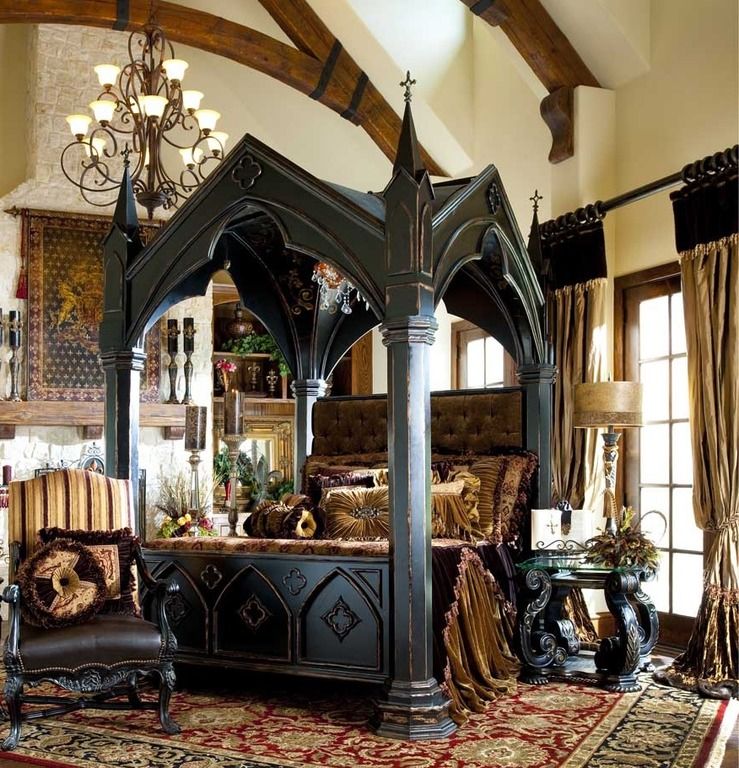
Versaform
How to ‘steampunk’ your home
The best way to work with steampunk decor is to incorporate a few elements and work them into your space. For the wall colours, try light grey or pale olive and bring in darker elements with accessories and furnishings. If you are working with a nautical steampunk theme, then creamy white and sea blue can be your base colours. This Singapore apartment lightly hints at the steampunk concept with the round wood-and-iron side table. The leather armchair with brass rivets pairs perfectly with the textured grey walls.
Carla Bast Design
This kitchenette is another great example of using a few steampunk-inspired elements and pairing them with a modern aesthetic. The gas pipes and salvaged-wood wine rack, along with the industrial-style light fixture, lend a steampunk vibe to the contemporary space.
RADform
Your walls are the perfect blank canvas to experiment with.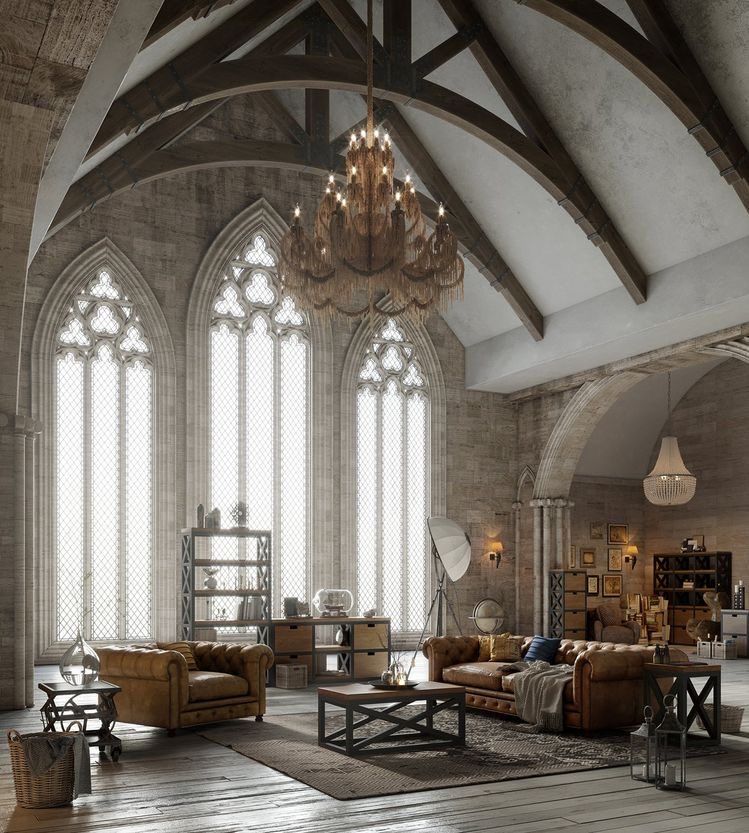 If the dark and moody side of steampunk doesn’t appeal to you, consider a lighter version like this accent wall covered in gear-patterned wallpaper.
If the dark and moody side of steampunk doesn’t appeal to you, consider a lighter version like this accent wall covered in gear-patterned wallpaper.
Theresa Fine
With furniture and decorative accents, the key is to bring in a few raw surfaces and metal pieces. Consider antique-style globes, a chest in rough-textured metal, antique iron bar-stools, vintage leather trunks with straps and buckles, or old gadgets like typewriters, barometers and telescopes. Accessories like vintage aviator goggles, an industrial-inspired hourglass or gear-styled bookends also find a home within this style.
Avenue A Interiors
If you want to decorate your walls with framed pictures, choose themes like sepia-toned photographs, vintage-inspired botanical prints, hand-drawn airplane sketches, technical drawings, or vintage maps with nautical embellishments.
Amore Wall Light Of L 32 X H 30 X W 13 inches In Antique Finish (LL-W-6020-3 CYC
When it comes to light fixtures, choose pieces that celebrate the mechanical, such as a wall fixture comprising steel pipes, exposed bulbs, and valves for switches, or a floor lamp with a caged lantern and the wire attached to a pulley system.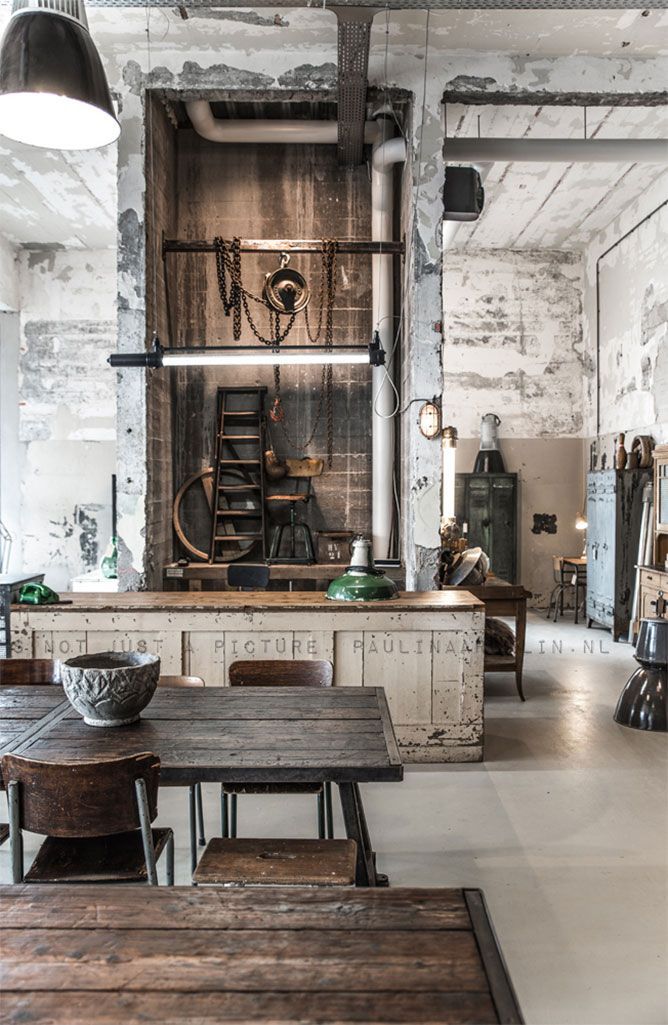 The same material palette can also be used to create a unique bookshelf with salvaged or natural-finish wood for shelves.
The same material palette can also be used to create a unique bookshelf with salvaged or natural-finish wood for shelves.
Read more:
14 Beautiful Chandeliers for All Spaces
11 Breathtaking Black Bathrooms
Tell us:
How would you ‘steampunk’ your home? Share in Comments below.
Victorian Industrial - Etsy.de
Etsy is no longer supporting older versions of your web browser in order to ensure that user data remains secure. Please update to the latest version.
Take full advantage of our site features by enabling JavaScript.
Find something memorable, join a community doing good.
(1,000+ relevant results)
Victorian interior design: then and now
Queen Victoria ruled England, ladies wore crinolines and bustles, gentlemen walked around in frock coats and tailcoats, medieval motifs returned to fashion and exoticism burst into fashion, the industrial revolution made it possible to create fundamentally new materials and dyes, William Morris invented his legendary wallpapers, and the interiors were “bursting” with abundance of furniture and decor.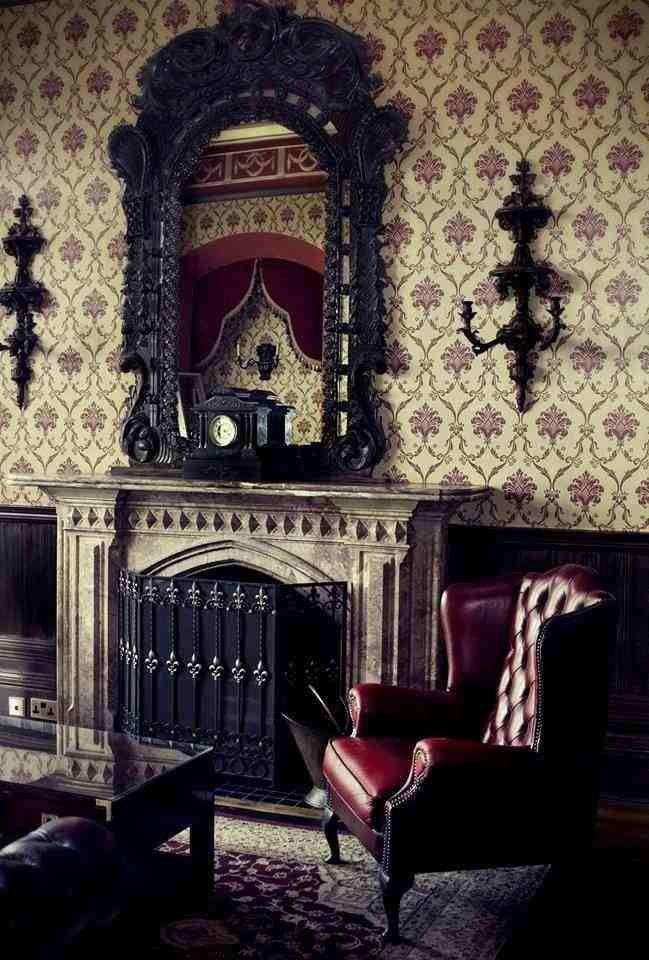 What was the Victorian living space like and do its elements have a place in modern interiors? We tell.
What was the Victorian living space like and do its elements have a place in modern interiors? We tell.
Industrial revolution and the middle class
The dominance of the Victorian style in the interior fell on the period from 1830 to 1901. At this time, the Old and New Worlds were engulfed in the industrial revolution, which gave rise to factory production, and made design accessible to the middle class.
Weather in the house: 5 necessary devices from Lanskoy shopping mall
Residential interior is first of all a comfort zone and a healthy microclimate, and only then aesthetics and design. But usually you want everything at once. We have collected the TOP-5 household appliances from the Lanskoy shopping mall, which will make your life more comfortable and harmoniously fit into the interior.
The mass production of sewing machines accelerated the production of clothing and home textiles, the advent of artificial dyes allowed artists and upholsterers to create canvases in new bright colors, houses were filled with affordable factory furniture and ceramic utensils reminiscent of expensive porcelain.
The Victorian period for Britain was the heyday of the bourgeoisie. Thanks to the same industrial revolution, citizens received jobs and the opportunity to climb the career ladder. To live in a mansion, it was no longer necessary to be a hereditary aristocrat. Middle-class families built up their fortunes and sought to showcase it in their interiors. The very concept of the interior has ceased to be elitist, and fashion has begun to aim at the mass consumer.
The period of prosperity was directly reflected in the interior tastes of the British: the strict prim style of Queen Anne was replaced by luxury and abundance.
Exotic, art and deconstructivism
The history of the Victorian style is usually divided into three periods. The so-called early period was characterized by a predilection for the exotic. At this time, wealthy English people got the opportunity to travel the world, and houses began to be filled with souvenirs that were exotic by the standards of British society.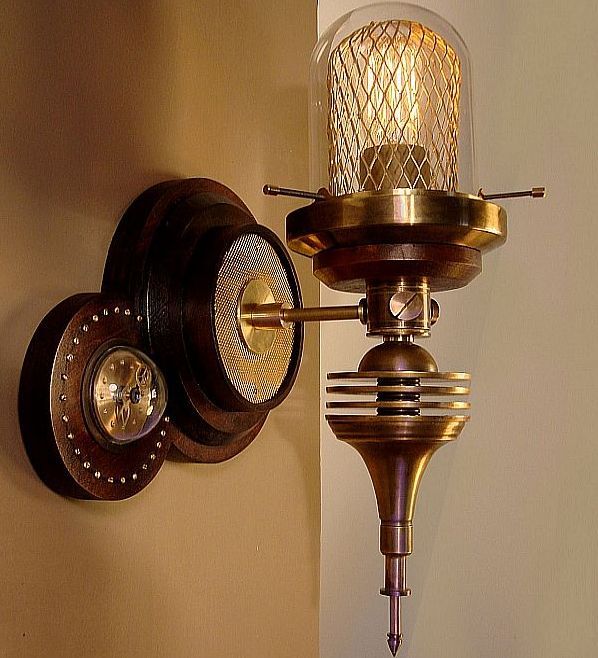
Objects brought from the colonial countries had an emphatically “non-native” appearance to demonstrate the ability of their owner to travel, which testified not only to prosperity, but also to the breadth of views. The globe also became a popular interior accessory during this period.
The middle Victorian period sought to introduce art into everyday life. The nouveau riche, wishing to demonstrate good taste and cultural level, set up entire art galleries in living rooms, investing in originals by contemporary artists and reproductions of world masterpieces. During this period, William Morris, inspired by medieval literature and tapestries, comes up with his own ornaments for wallpaper and textiles, turning furniture upholstery and walls into works of art.
The late Victorian period was characterized by an active mixture of styles and pronounced deconstructivism. At that time, it was customary to decorate each room in the house in a different style, endowing it with a pronounced visual theme: gilded neo-baroque could reign in the dining room, and neo-gothic was thickened in the office.
Decorative exuberance and Oscar Wilde
The Victorian style did not tolerate emptiness. The rooms were densely packed with massive furniture and live plants in tubs. Sideboards, chests of drawers, chests, chubby armchairs, chairs with rounded backs, upholstered sofas, pouffes, ottomans - there was really a lot of furniture, and it could belong to different styles.
There were even more decorations. The walls were “dressed” in mirrors and paintings, in wallpaper and silk, decorated with moldings with curls and leaves, skirting boards and cornices, trinkets lined up on each shelf, carpets underfoot, stucco rosettes on the ceiling, embroidered pillows on sofas and armchairs, on the fireplaces there are intricate patterns of cast iron alloys, on the windows - velvet and muslin, tassels and fringes. If textiles and wallpaper, then always with an ornament. The most popular were intricate plots with plants, birds and animals.
The living room was considered the face of the house, it had to make an impression, so they tried to decorate every fragment of the space here.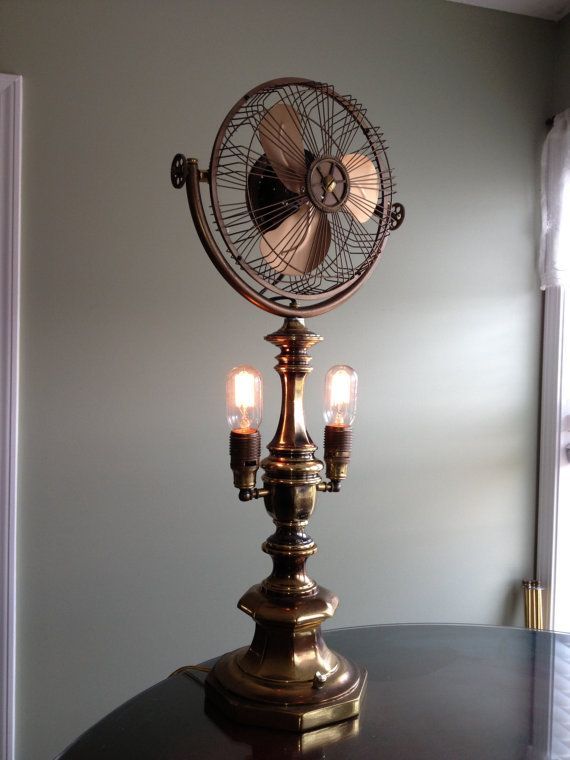 But the items on the shelves were never random, they reflected the interests of the owners or told about the countries that they managed to visit.
But the items on the shelves were never random, they reflected the interests of the owners or told about the countries that they managed to visit.
Today's fashion for minimalism would be considered discouraging by a person of the Victorian era. At that time, decorative abundance was considered a sign of good taste. Oscar Wilde, being one of the trendsetters of Victorian fashion, argued that the decoration of one's home contributes to the development of the layman's creative imagination, and called decorative art the highest point in the development of modern man.
Eclecticism reigned in Victorian interiors: the Elizabethan era existed side by side with neo-rococo, gothic and classicism. Consistency of style was of no interest to anyone, the main thing was self-expression and status.
The muted colors of British interiors were filled with fashionable rich shades of purple, blue, red and emerald in the Victorian period.
Among the middle class, imitations of marble and expensive woods, papier-mâché stucco and inexpensive ceramics depicting expensive porcelain were widely popular.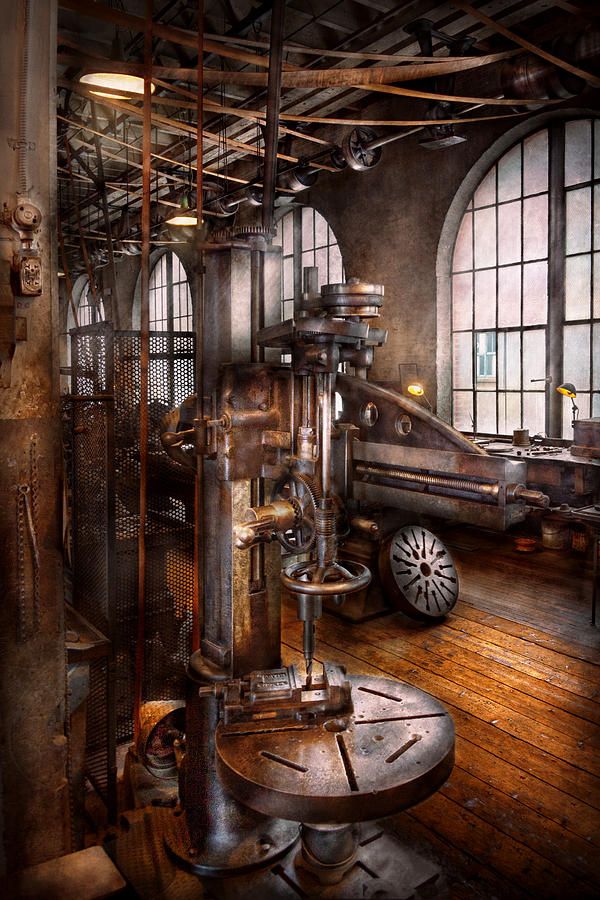
Despite all of the above, Victorian interiors can hardly be called pretentious. Paphos was reduced due to their predilection for comfort. Victorian interiors never looked like museum spaces, they were cozy rooms, densely populated with favorite things, where they read the morning newspapers and smoke cigars, spend the evenings embroidering or reading a book in the warm light of a table lamp.
Victorian style and today
At first glance, you can’t tell, but the Victorian era has a lot in common with modern interior design: this is the individualization of space, and the mixing of styles, and love for plant motifs.
Wallpaper "Morris" from the assortment of the salon "Manders" (section A4, A3)
If the first two points are rather ideological, then the third is the very Victorian heritage, which, having survived almost a century, can exist in modern design as a trend.
Fashion trends in interior design for 2021-2022
The general design trend of recent years is the rejection of the superfluous and the return to the old.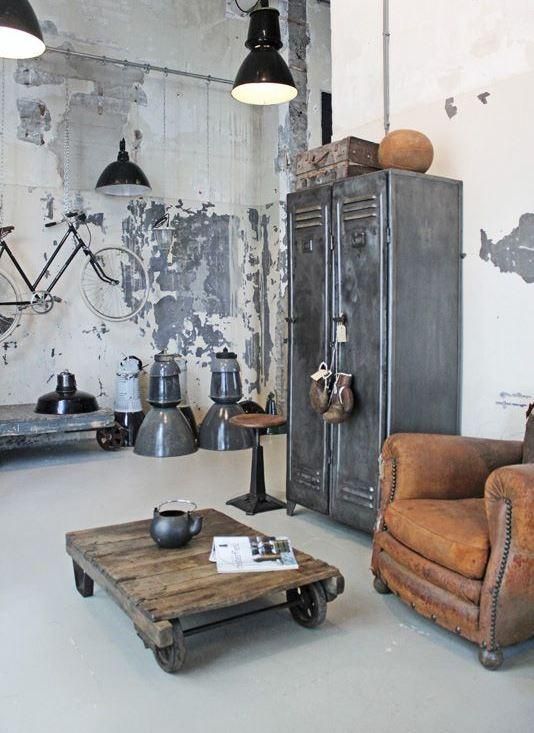 Perhaps this is the emotional desire to “roll back”, return to the psychological “save point” and start all over again. This is manifested in clothing, culture, and popular design styles. Let's look at the main new trends in interior design in 2021-2022, and first of all - apartments.
Perhaps this is the emotional desire to “roll back”, return to the psychological “save point” and start all over again. This is manifested in clothing, culture, and popular design styles. Let's look at the main new trends in interior design in 2021-2022, and first of all - apartments.
Today, textiles and wallpapers with William Morris ornaments are again very popular, which feel good among modern furniture forms. And if you want more styling, add a few nostalgic elements. Pictures in baguette frames, a table lamp with an embroidered textile lampshade, an armchair or ottoman with a carriage tie, books on the shelves - it's easy to breathe the atmosphere of Victorian England into the interior.
#Style #Decor #Inspiration
Victorian style in interior and architecture: features, photo
If the house has a fireplace and a library, all surfaces are covered with decor, and the walls are hung with paintings, you should not consider its owner prone to excesses and littering.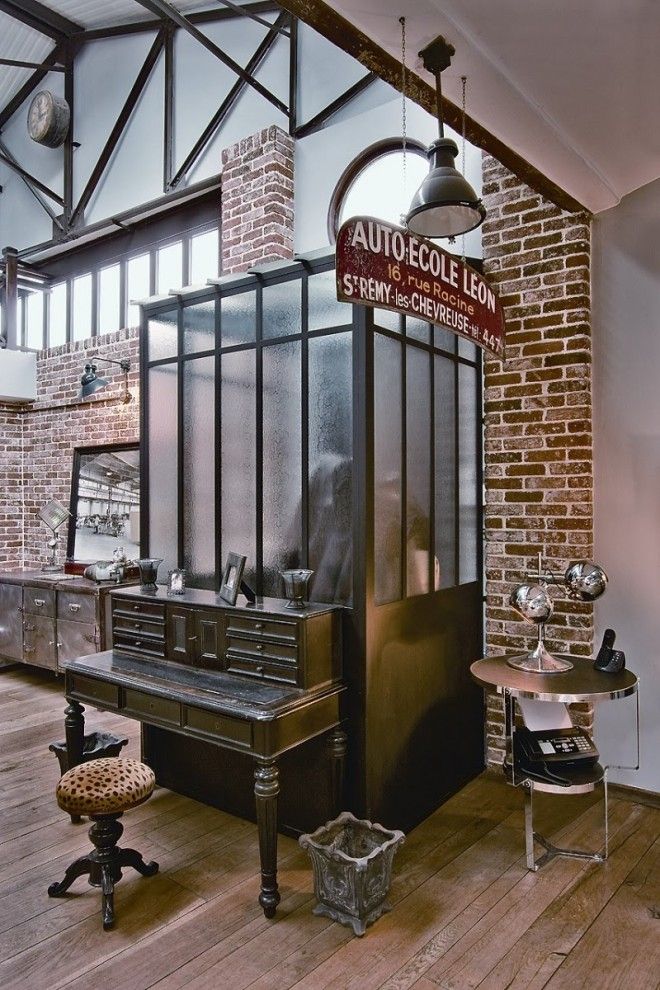 Perhaps he wanted to embody the Victorian style
Perhaps he wanted to embody the Victorian style
Photo: Shutterstock
What features are typical for such an interior and how to strike a balance between luxury and practicality - we tell together with experts.
- What is
- Interior
- In a modern interior
- Architecture
Experts in this material:
- Elizaveta Likhacheva , art critic, director of the Shchusev Museum of Architecture;
- Andrey Sekerin , head of the interior design studio SmartRoom.
www.adv.rbc.ru
What is Victorian style
Victorian style is eclectic architecture and interiors that include elements of baroque, gothic, rococo and other architectural trends (Photo: Clay Banks/Unsplash)
Victorian style is eclectic architecture and interiors that incorporate elements of baroque, gothic, rococo and other architectural trends.
Victoria became Queen of Great Britain in 1837. At that time, the country was actively developing, as a result of the industrial revolution and mass production of household items, many materials and goods became available not only to wealthy aristocrats, but also to the middle class. With the help of expensive furnishings, people tried to demonstrate their wealth. The variety and availability of decorative elements, furniture, textiles allowed to show individual taste.
Travel has also become more accessible, so British style has been updated with new designs from neighboring countries and other continents. After the invention of aniline dyes, the color palette became brighter, richer. There are also more options for patterns for textiles, wallpaper, furniture upholstery, curtains.
At that time, it became fashionable to place as many furniture and accessories as possible in the houses, which demonstrated the solvency and social status of the owners.
Empty minimalistic rooms were considered a sign of poverty and bad taste, so the interiors were as busy as possible. Every free corner or surface had to be filled.
Every free corner or surface had to be filled.
The peculiarity of Victorian design is its eclecticism, it mixes different historical styles. Its main features are:
- no free surfaces;
- abundance of decor;
- collections: paintings, porcelain, decorative figurines;
- quality materials;
- if space allows - a separate room for the library, the presence of a fireplace;
- mix of styles, ethnic patterns, elements of different architectural styles.
Victorian style interiors
In order to create a Victorian style interior, you need to pay attention to details and respect the main features of the style.
Colors
The Victorian style went through several periods of development, and each of them had its own changes. At first, preference was given to dark saturated tones: brown, burgundy, dark green, blue, red. (Photo: Nicola Nuttall/Unsplash)
The Victorian style went through several periods of development, and each of them had its own changes.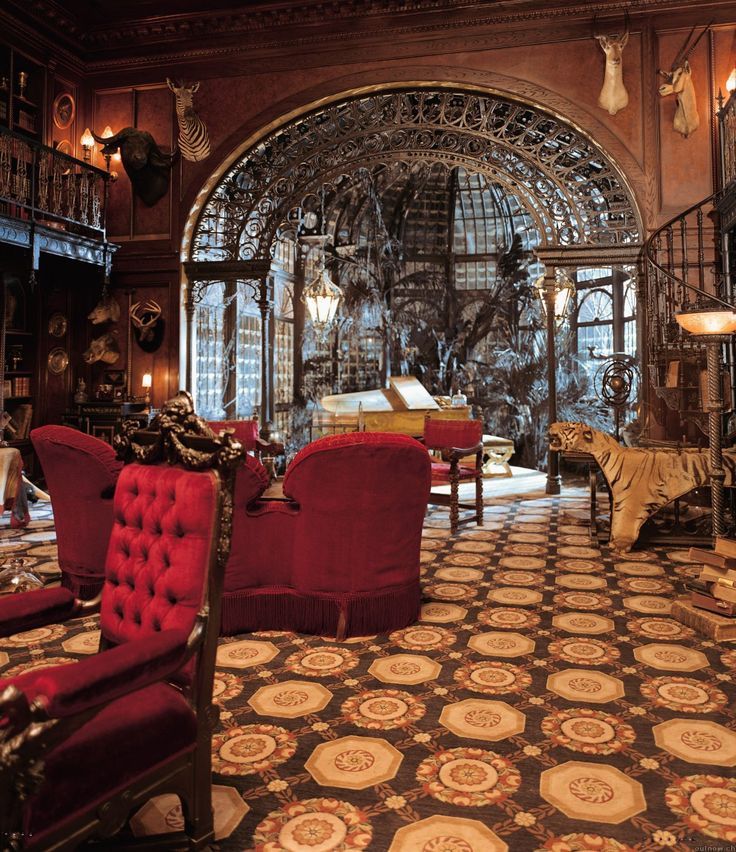 At first, preference was given to dark saturated tones - brown, burgundy, dark green, blue, red. Houses were most often heated with coal, so soot and traces of ash were less noticeable on dark colors. Later, bright and pastel shades became popular in the palette.
At first, preference was given to dark saturated tones - brown, burgundy, dark green, blue, red. Houses were most often heated with coal, so soot and traces of ash were less noticeable on dark colors. Later, bright and pastel shades became popular in the palette.
Furniture
Furniture should first of all be beautiful and only then functional. It has a lot of decorative elements and artsy details: mother-of-pearl inserts, carved and curved legs, unusual shapes, forged elements (Photo: Ignacio R/Unsplash)
First of all, furniture should be beautiful and only then functional. It has a lot of decorative elements and artsy details: mother-of-pearl inserts, carved and curved legs, unusual shapes, forged elements. Sofas, beds, wardrobes should not be miniature and compact, preference is given to massive items. Upholstered furniture has dense high-quality upholstery.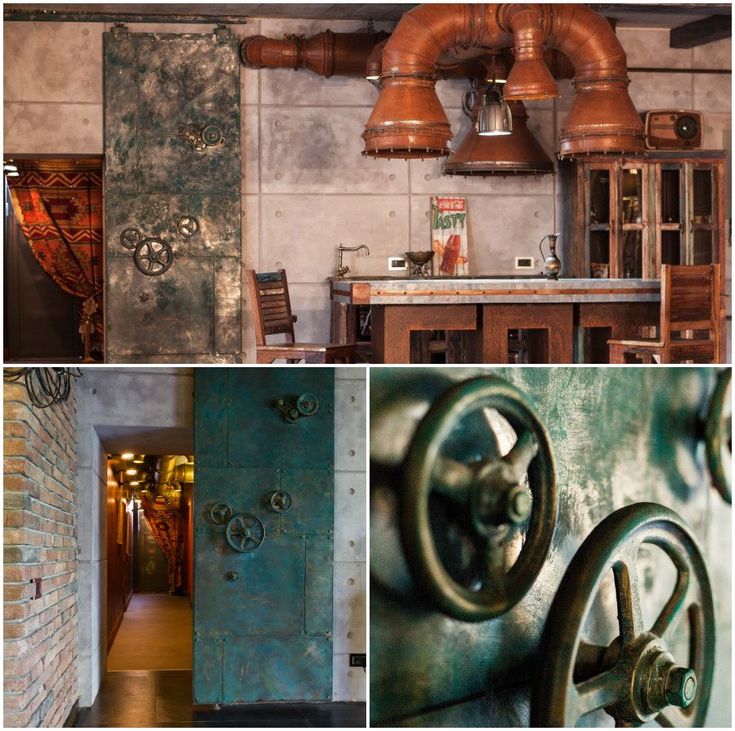 Vintage chests of drawers and large grandfather clocks will also look good. Chairs with buttons, ottomans, ottomans are ideal for such an interior.
Vintage chests of drawers and large grandfather clocks will also look good. Chairs with buttons, ottomans, ottomans are ideal for such an interior.
Walls
Victorian walls use wallpaper, tapestries, textured plaster (Photo: Miikka Airikkala/Unsplash)
Victorian-style walls feature wallpaper, tapestries, textured stucco, and rich dark colors. Botanical prints with bold floral, leafy or vine motifs are popular. Wall covering should be textured and voluminous. Wall decorations fit perfectly into such an interior: paintings in massive frames, tapestries of various colors, matte decorative panels imitating wood.
Lighting
Tiffany lamps are made of metal, and their main feature is in the lampshade: it is made of the same glass as the stained glass windows (Photo: Pxhere)
When choosing lighting formats for a Victorian-style room, you should pay attention to vintage lamps, candelabra with artificial or real candles.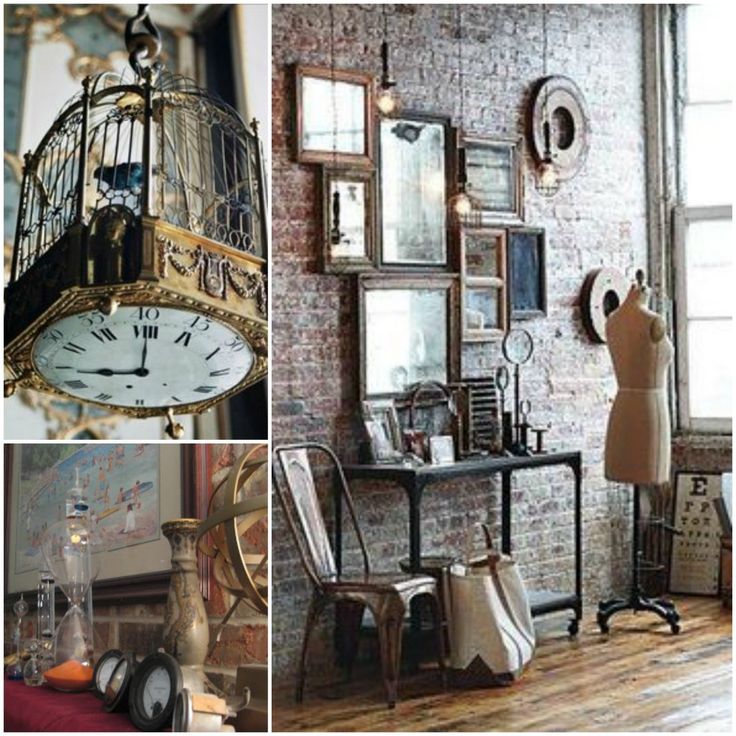 Such options are especially suitable for common rooms: living rooms, hallways, dining rooms. Tiffany lamps fit especially well into the interior. They are made of metal, and their main feature is in the lampshade: it is made of the same glass as stained-glass windows. The lampshade is painted with bright colors, it resembles a mosaic. In this style, you can find not only chandeliers, but also table lamps, sconces, lamps.
Such options are especially suitable for common rooms: living rooms, hallways, dining rooms. Tiffany lamps fit especially well into the interior. They are made of metal, and their main feature is in the lampshade: it is made of the same glass as stained-glass windows. The lampshade is painted with bright colors, it resembles a mosaic. In this style, you can find not only chandeliers, but also table lamps, sconces, lamps.
Fireplace
One of the characteristic features of the Victorian interior was the fireplace (Photo: Matt Briney/Unsplash)
One of the hallmarks of a Victorian interior is the fireplace. It can match in color with the general tone of the room or, on the contrary, become a bright accent. For decoration, noble wood and natural stone are suitable. Carving and decorative elements, mantel clocks, porcelain figurines will become appropriate.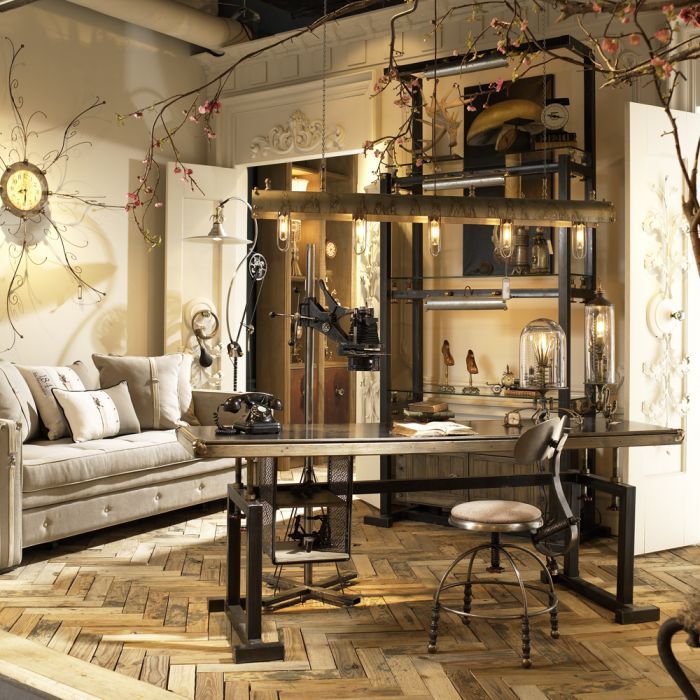 You can look for a mantel in antique shops or flea markets to make it look more authentic. If it is not possible to put a real fireplace, you should pay attention to decorative ones that are as close as possible in appearance to natural ones.
You can look for a mantel in antique shops or flea markets to make it look more authentic. If it is not possible to put a real fireplace, you should pay attention to decorative ones that are as close as possible in appearance to natural ones.
Fireplaces in the interior: how to choose the right one for your house and apartment
Windows (Photo: Francisco De Legarreta C/Unsplash)
Windows should be large, floor-to-ceiling if space permits. Massive window frames, small deglazing and imitation of stained glass windows are suitable. Curtains must be chosen from natural materials, and the heavier, denser they are, the better. Velvet, velor, jacquard, tapestry, taffeta, satin will add respectability to the interior. Decorations in the form of brushes and lambrequins will also be appropriate.
Floor
Wood, parquet patterns - one of the most common floorings of the Victorian era (Photo: Peter Herrmann/Unsplash)
Wood, parquet patterns are one of the most common floorings of the era. It is permissible to put linoleum, carpet, and use marble and tiles for the bathroom. A luxurious oriental-type carpet with a floral print will ideally fit into such an interior. Floors should also match the colors of the walls and be in harmony with the ceiling.
It is permissible to put linoleum, carpet, and use marble and tiles for the bathroom. A luxurious oriental-type carpet with a floral print will ideally fit into such an interior. Floors should also match the colors of the walls and be in harmony with the ceiling.
Victorian style in a modern interior
Andrey Sekerin, head of interior design studio SmartRoom:
— Since the UK had numerous colonies, they influenced the style features. It contains decor and elements from China, India and other colonies. Technology and the growth of industrial production helped spread baroque decoration, rococo tinplate stucco. There were also ceramic services.
Victorian interior style is:
1) dense filling of space - decorations, furniture, plants;
2) many ornaments on the ceiling and walls, as well as furniture upholstery;
3) pictures in carved frames.
4) a fireplace with a carved portal, most often in the center of the interior;
5) color palette - bright accents of gemstone colors (ruby, emerald, gold).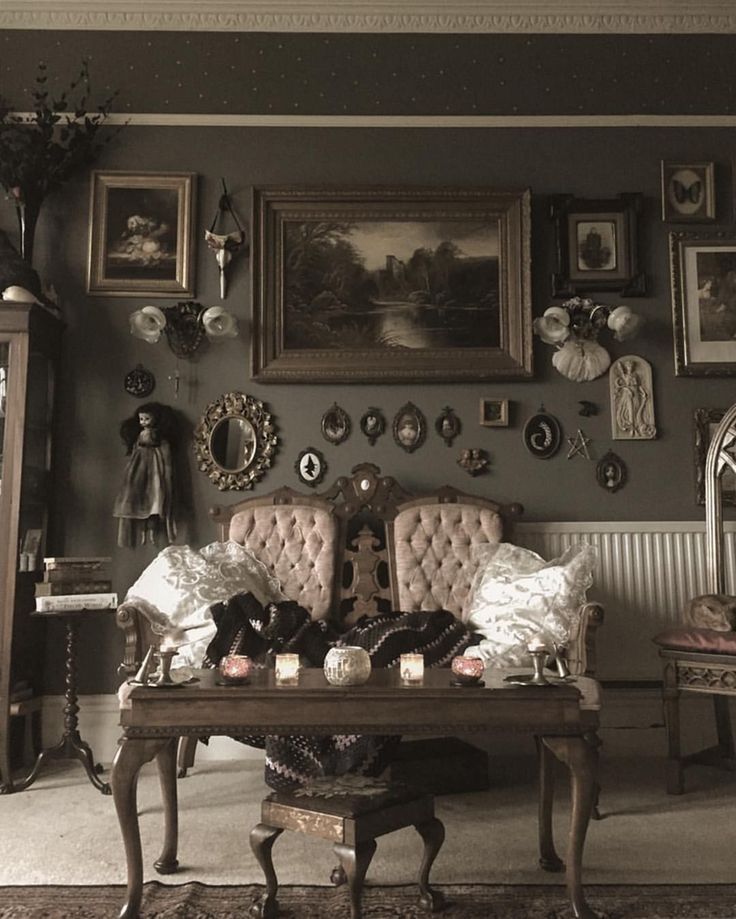 In the role of background colors can be beige, sand. Shades of dark wood are common.
In the role of background colors can be beige, sand. Shades of dark wood are common.
Best for Victorian style in high ceiling spaces (Photo: Monoar_CGI_Artist/Pixabay)
This style works best in spaces with high ceilings. We rarely receive requests for modern Victorian apartments. Perhaps this is due to the fact that natural materials - wood, marble - are very expensive, and it is not always possible to get by with imitation. Also now, few are ready to fill everything around with decor and accessories.
Victorian architecture
Victorian cottages were built to accommodate people with different income levels: small houses for workers, detached mansions for more affluent people (Photo: Pxhere)
Victorian architecture mixes many styles, but there are commonalities:
- plain or painted brick;
- ornate pediments;
- painted iron railing;
- sliding sashes and tilted bay windows;
- several floors;
- spacious covered verandas;
- small house gardens;
- asymmetry.
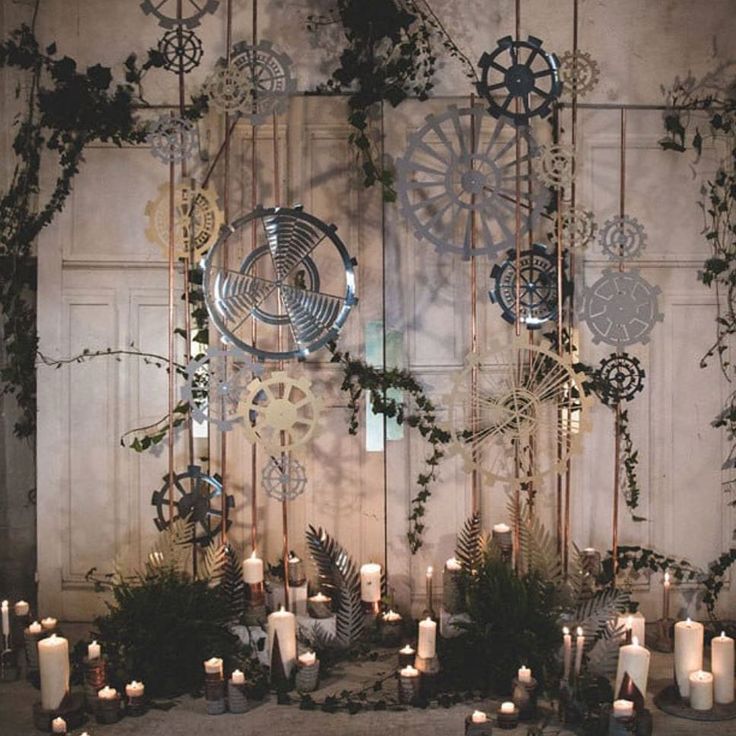
Victorian cottages were built to accommodate people with different levels of income: small houses for workers, detached mansions for more affluent people.
Elizaveta Likhacheva , art critic, director of the A. V. Shchusev Museum of Architecture:
— Victorian style is one of the directions of the great style that existed in Europe, Russia, the USA and is called "historicism", or " eclecticism". It has quite a lot of all sorts of varieties, and in English-speaking countries this era, starting from about the 30s of the XIX century, is usually called Victorian. This direction comes out of historical romanticism, which arose at the end of the 18th century. Gradually, it occupies a dominant position throughout Europe. As a rule, this is pseudo-Gothic, pseudo-baroque, pseudo-classicism, which is quite easy to notice. The proportions, dimensions, purpose of the building are violated. The most striking example of this kind is the Palace of Westminster, which was built in the Gothic style.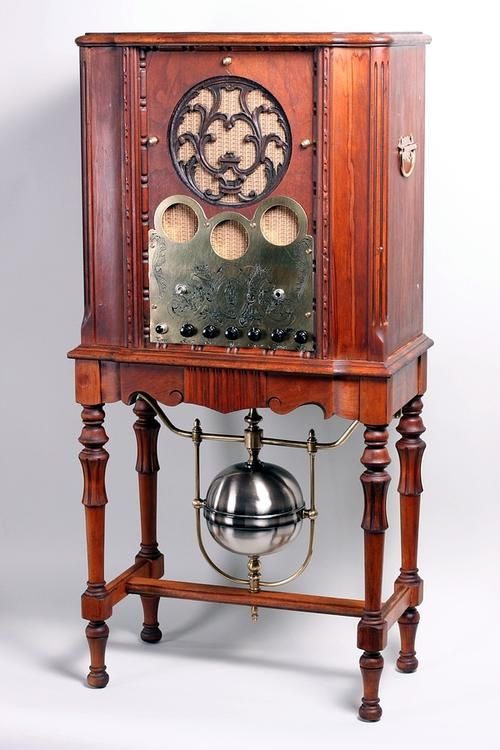 True, he was elevated to Queen Victoria, but it is from him that pseudo-Gothic and pseudo-historical stylizations in architecture begin. Victorian architecture is characterized by buildings that have no style at all. If we talk about Russia, the best example is the near dacha of Nicholas I in Alexandria (part of the palace and park ensemble of Peterhof. — RBC ), built in pseudo-Gothic style, and its interiors, facades, architecture. It is fully in keeping with the Victorian style. Another example is the work of Andrey Stackenschneider, who built the Beloselsky-Belozersky Palace in St. Petersburg near Rastrelli. You can also remember Joseph Paxton's Crystal Palace, Albert Hall, the building of the Victoria and Albert Museum in London.
True, he was elevated to Queen Victoria, but it is from him that pseudo-Gothic and pseudo-historical stylizations in architecture begin. Victorian architecture is characterized by buildings that have no style at all. If we talk about Russia, the best example is the near dacha of Nicholas I in Alexandria (part of the palace and park ensemble of Peterhof. — RBC ), built in pseudo-Gothic style, and its interiors, facades, architecture. It is fully in keeping with the Victorian style. Another example is the work of Andrey Stackenschneider, who built the Beloselsky-Belozersky Palace in St. Petersburg near Rastrelli. You can also remember Joseph Paxton's Crystal Palace, Albert Hall, the building of the Victoria and Albert Museum in London.
Beloselsky-Belozersky Palace in St. Petersburg (Photo: GAlexandrova/Creative Commons)
The most striking difference from other trends is the use of architectural elements of one style in typologies that are not typical for it.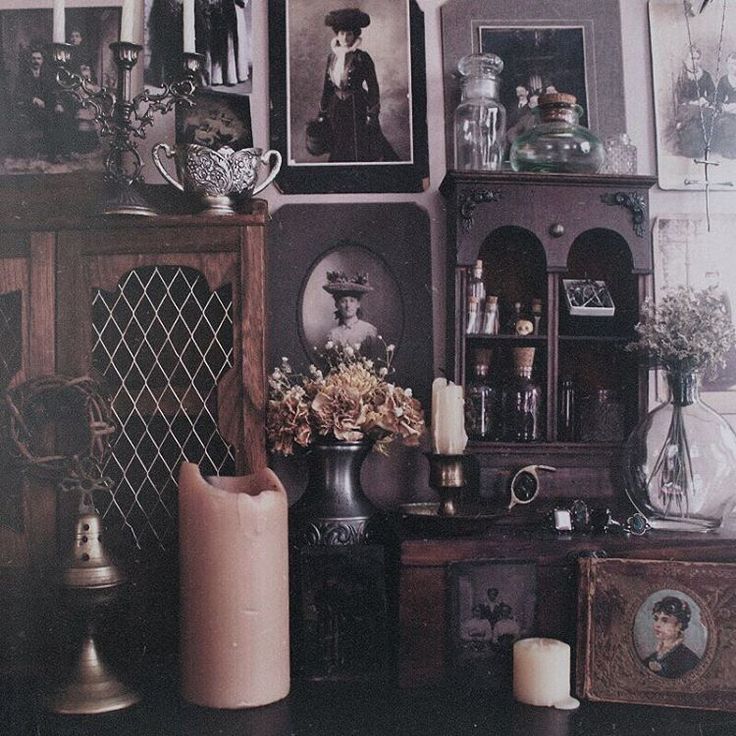 For example, if we are talking about Gothic, then this is the architecture of cathedrals and in the late period (starting from the 14th century) town halls, that is, public spaces. Private houses were never built in the Gothic style, they never had buttresses, flying buttresses, pinnacles and other Gothic elements. And for the Victorian era, this is very typical - to build private houses with elements of Gothic decoration.
For example, if we are talking about Gothic, then this is the architecture of cathedrals and in the late period (starting from the 14th century) town halls, that is, public spaces. Private houses were never built in the Gothic style, they never had buttresses, flying buttresses, pinnacles and other Gothic elements. And for the Victorian era, this is very typical - to build private houses with elements of Gothic decoration.
The same goes for the Baroque style, but it was not very popular during the Victorian era. Rather, it is an interest in the Middle Ages, due to the era of romanticism, which aroused him. In the Baroque era, no one built theaters. And the Opera Garnier in Paris was built under the influence of Baroque architecture, moreover, the main salon is an homage to the mirror gallery of Versailles. Not very competent use of decor is also characteristic of historicism. If in baroque the order is always implemented correctly, it always stands on something, something always lies on it, then in historicism / eclecticism / Victorian style proportions can be violated, columns hang in the air, consoles are not clear why they are needed.